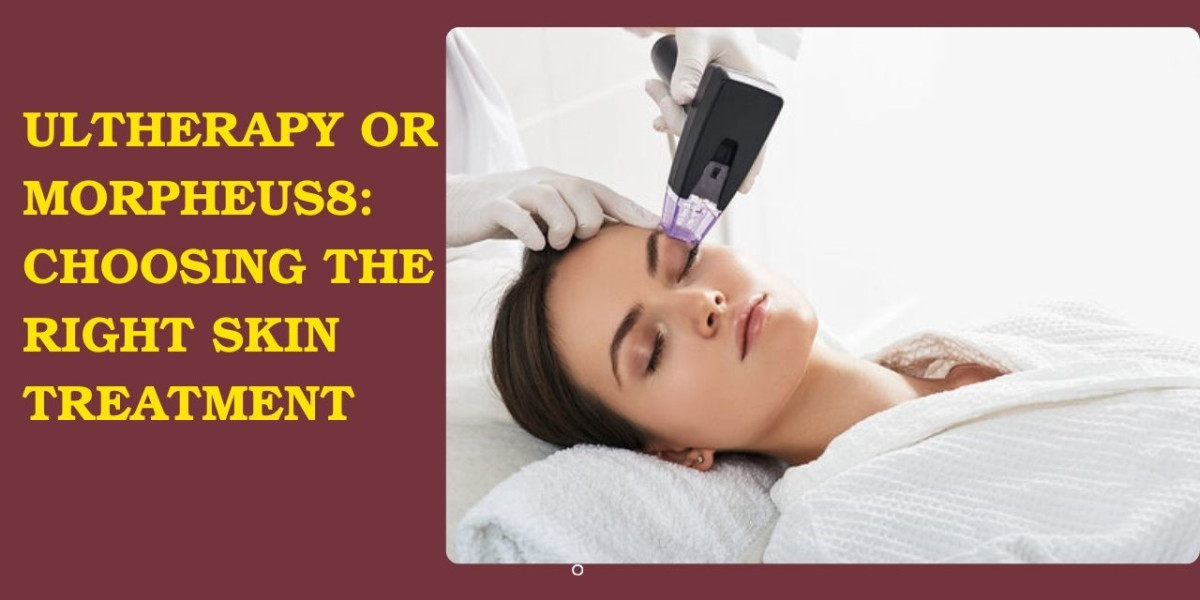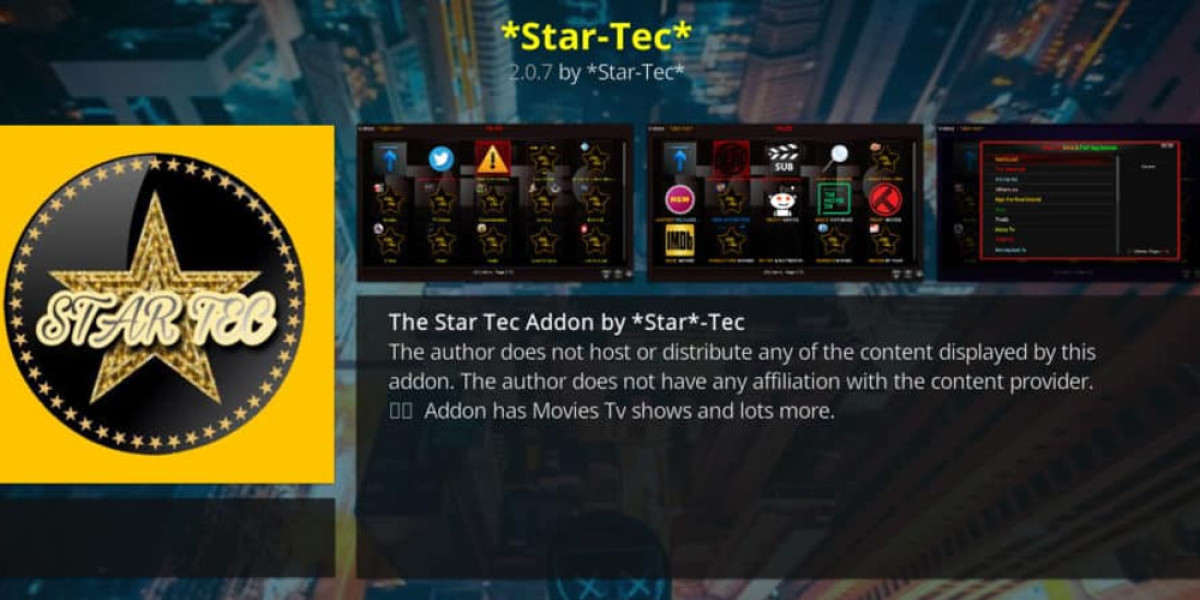In the past few years, non-surgical skin tightening treatments have become increasingly popular. More and more people are turning to these options as a safe and effective way to achieve smoother, firmer, and more youthful-looking skin—without the need for downtime. Among the most sought-after options are Ultherapy and Morpheus8, both designed to lift, tone, and rejuvenate the skin. While Ultherapy relies on ultrasound technology to stimulate collagen production deep within the skin, Morpheus8 combines microneedling with radiofrequency energy to tighten and remodel the skin across multiple layers. With both treatments offering impressive results, many patients wonder: which is better, Ultherapy or Morpheus8? The answer depends on individual needs, skin type, and desired outcomes, making professional guidance essential.
What is Ultherapy?
Ultherapy is a non-surgical cosmetic treatment that uses focused ultrasound technology to gently lift and tighten the skin, helping you achieve a more youthful look naturally. By reaching deep into the skin’s layers, it encourages natural collagen production, gradually improving firmness and restoring elasticity over time. Unlike lasers or surgery, Ultherapy targets precise depths without damaging the surface, making it safe and effective. It is FDA-cleared for lifting the face, neck, and décolletage. Ideal candidates are individuals noticing mild to moderate skin laxity who want a natural-looking refresh without downtime. The key benefits include gradual skin tightening, improved contour, and long-lasting, youthful results with a single treatment.
What is Morpheus8?
Morpheus8 is an advanced skin rejuvenation treatment that combines microneedling with radiofrequency (RF) technology to target deeper layers of the skin. The tiny microneedles create gentle, controlled micro-injuries while delivering RF energy, encouraging your skin to naturally boost collagen and elastin production for smoother, tighter, and healthier-looking skin. This treatment works wonders for those dealing with fine lines, wrinkles, acne scars, enlarged pores, or loose, sagging skin. Morpheus8 works well for those seeking minimally invasive anti-ageing solutions without significant downtime. Key benefits include smoother skin texture, improved tone, reduced scars, and a youthful lift by boosting collagen production, making it a versatile option for overall skin revitalisation.
Who Should Choose Ultherapy vs Morpheus8?
When deciding between Ultherapy and Morpheus8, the right choice depends on your skin concerns and goals. Ultherapy is often recommended for individuals between 35 and 55 who are noticing mild skin sagging but don’t struggle with major texture problems. It works by using ultrasound energy to stimulate collagen production deep beneath the skin, giving a natural lift and tightening effect without downtime.
On the other hand, Morpheus8 is a great option for people in the 25–45 age range who are experiencing the first signs of aging, acne scars, or uneven skin tone. This treatment combines microneedling with radiofrequency to remodel both the surface and deeper layers of the skin, improving texture and overall appearance.
For patients with both sagging and texture concerns, a combination approach can be ideal. Together, Ultherapy and Morpheus8 address multiple signs of aging, providing a more comprehensive and longer-lasting result.
Conclusion
When comparing Ultherapy and Morpheus8, the key differences lie in their approach and outcomes. Ultherapy uses focused ultrasound energy to lift and tighten the deeper layers of the skin, giving a natural, more youthful appearance. Morpheus8 combines microneedling with radiofrequency to smooth skin texture, reduce fine lines, and enhance facial contouring. So, when asking “which is better, Ultherapy or Morpheus8,” the answer depends entirely on your personal goals—whether you’re looking for lifting or resurfacing. To find the option that works best for your individual needs, we encourage you to book a consultation with Beverly Hills Med Spa. During your visit, our team will provide personalized guidance to help you achieve the best possible results.
FAQs: Ultherapy vs Morpheus8
Which lasts longer: Ultherapy or Morpheus8?
Ultherapy results typically last 12–18 months, while Morpheus8 results last around 12 months, depending on skin condition and maintenance. Ultherapy penetrates deeper, so its lifting effects may last a bit longer.
Can Ultherapy and Morpheus8 be done together?
Yes. Many providers recommend combining them for enhanced results. Ultherapy targets deep tissues for lifting, while Morpheus8 improves surface texture, scarring, and fine lines—together they provide both lift and rejuvenation.
Is Ultherapy more painful than Morpheus8?
Ultherapy can feel more uncomfortable since it uses ultrasound energy deep beneath the skin. Morpheus8 involves microneedling with radiofrequency, which most patients find more tolerable, especially with numbing cream.
Which treatment is better for under-eye wrinkles?
Morpheus8 is often preferred for delicate areas like the under-eyes, as it improves fine lines, crepey texture, and skin tightening with precision. Ultherapy is better for lifting sagging skin, but it is less targeted for small wrinkles.
Which is safer for darker skin tones?
Morpheus8 is generally safer for darker skin tones since it uses controlled radiofrequency and microneedling, minimising the risk of hyperpigmentation. Ultherapy is safe, too, but results may vary.








